Using a fishing net isn’t always as simple as it seems. Timing, coordination, and planning will decide the difference between a caught fish versus a lost fish. Fishing nets come with huge advantages, but that doesn’t mean that it’ll work as designed every single time. Believe it or not, many fishermen lose fish because of their net.
Don’t get it wrong—there are many elements out of our control when the net comes out; water current and direction, where you’re standing, physical barriers, boat position, and most of all—the fish itself—all have uncontrollable elements to them. So, with all these uncontrollable factors, netting will never be 100% guaranteed.
With that said, focus on the things you can control to help sway chances in your favor. If you’ve never netted a fish before, then here are a few tips and techniques you can use to help secure your next fish when the time comes. Here’s to more fish caught and less lost.
1. Head First
Fish do not have a reverse. A fish that’s 2/3rds in the net with its head out can still force itself out. A fish 2/3rds in the net with only its tail out is a caught fish.
2. Net at the Surface
If you’re not able to bring the fish’s head to the surface, then it’s not ready to net. Once you’re able to make the fish break the surface of the water, you’ll have the most amount of room to place the fishing net fully underneath for the best opportunity to scoop.
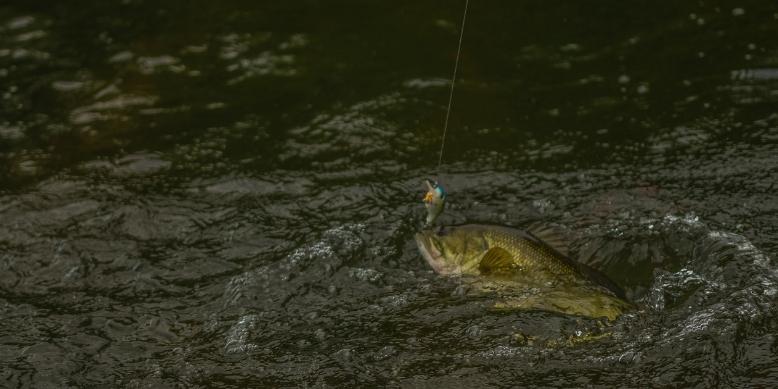
3. Easier Up than Down
Generally, you can raise your arm with more control than when you lower it. This also applies to your arm with a fishing net in hand. It’s easier and quicker to raise the net once it’s fully submerged than it is to sink it deeper. What’s this mean? Submerge your fishing net ahead of time and raise as needed.
4. Keep the Momentum
When you have the fish moving in a direction with its head on the surface, keep the momentum! Take advantage of the momentum to guide the fish right into the net.
5. Use a Big Enough Net
Yes—sometimes your net is just not large enough. Don’t run the risk of losing the fish by forcing it into a small fishnet. If it’s a big fish, grab the meaty part around its tail. This is the thinnest part of the fish and a very meaty part away from the organs. Here you can safely apply the pressure you need to control it.
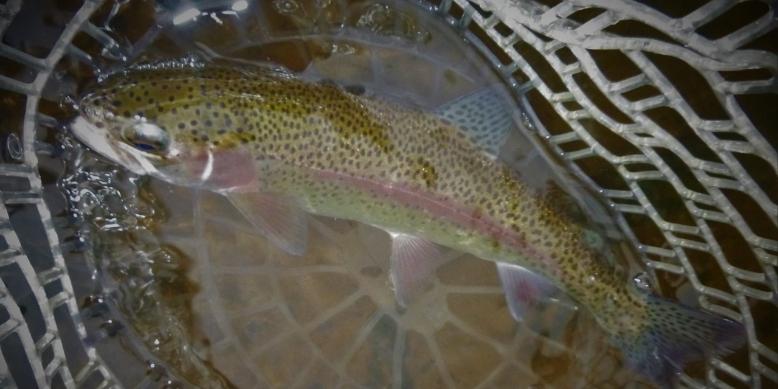
6. Expand Your Reach
When you’re solo, you might have to expand your reach at some point to get that final foot or two. To solve this predicament, place yourself directly between yourself and the fish and extend both your arms directly away from each other.
7. Keep Guides Free of Leader Knots and Swivels
Never bring your swivels or knots past the rod tip into the rod guides. If your fish decides to make another short run, your swivel or knot might catch the guide and create too much pressure on the hook. The result? Possibly a lost fish. Too much pressure is usually the main culprit for lost fish at the boat or your feet.
8. Find a Calm Area if Possible
If you’re fishing in current, try to work your fish into calmer water if that’s possible. This could be a slow pool for example. Try to keep your fish ahead of you (upstream) when you make the attempt to bring its head up. That way you can work with the current and not against it. Working against the current places a lot of pressure on your hook, so much so that might pull it out of the fish’s mouth. This is a circumstance even experienced fisherman have trouble with; it’s just part of fishing.
General solution? Work your fish from upstream to downstream if possible. Keep your line tight as the rod and current work together to bring the fish right into your net.
9. Get Into the Water
Sometimes, fish get spooked bringing them into very shallow water. This is the last place they want to be. If possible, go out to the edge of the shallows for a better opportunity. Also, if the fish is too big or you just can’t get enough leverage, getting into the water with it will allow you to secure it and help keep it calm.
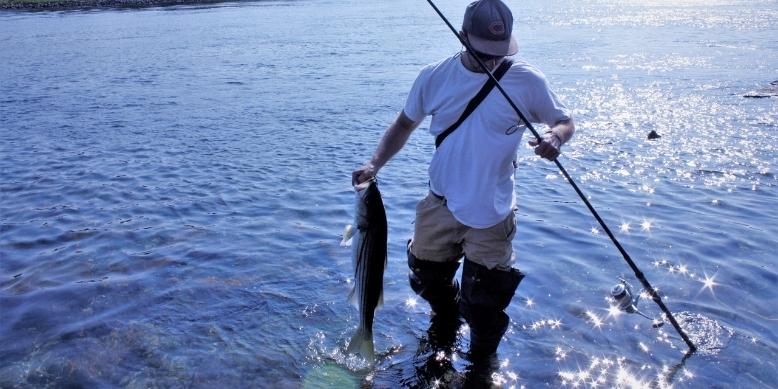
10. Designated Netter
If you fish with a friend, then that’s who should have the net. Or, if you prefer, or if the situation calls for it, you can hand them your rod so you can net. Just don’t net solo if you don’t need to.
Bonus Tips
Tip #1: Help Your Fishing Buddy
If your buddy has a nice fish on, stop fishing for a moment and go over to see if he or she needs help. Especially for nice fish, help is often more than welcomed to help land it.
Tip #2: Use a Rubber Fishing Net
Use a rubber fishing net, if possible. While traditional-style fishing nets made with nylon or rope work just as well to secure fish, they’re harsh on the fish and are great at removing the slimy coat they have for protection. Rubber fishing nets greatly reduce this effect; they secure fish just as well as the nylon and rope, but provide protection. If we want to release fish in the same state in which we caught them, then using rubber nets is a very effective tool we can use to help prevent injury. This contributes to keep our fish populations healthy to be caught another day.
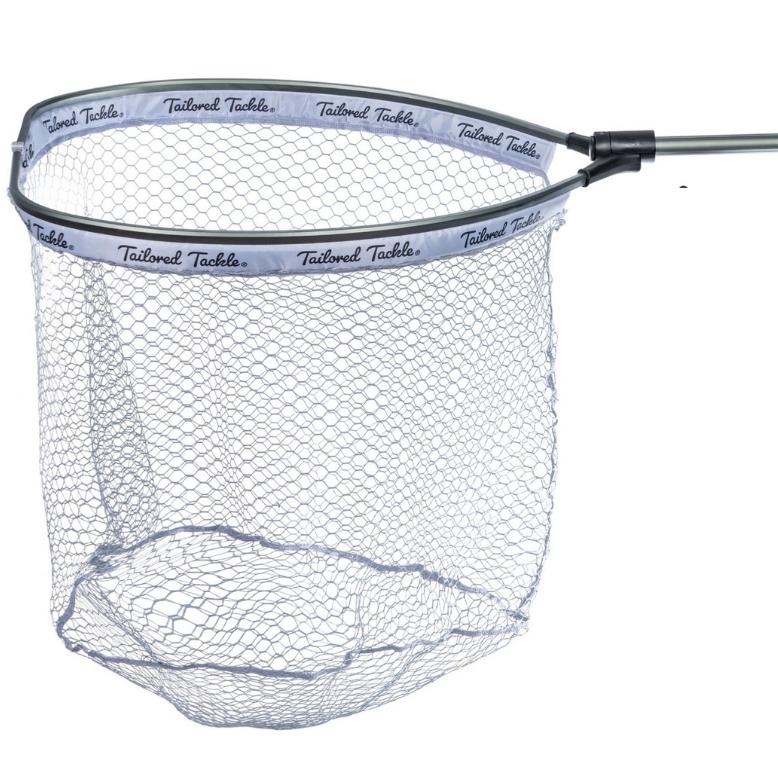
Rubber Fishing Nets are much less abrasive against fish than traditional nylon nets.


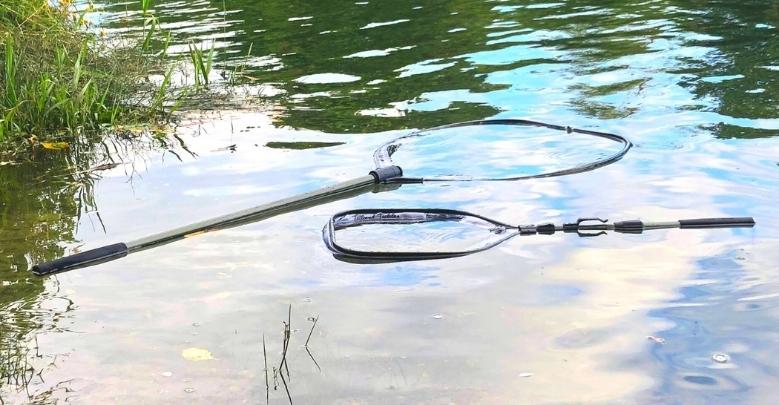

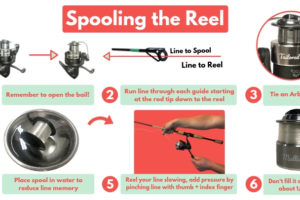
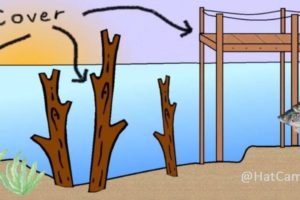
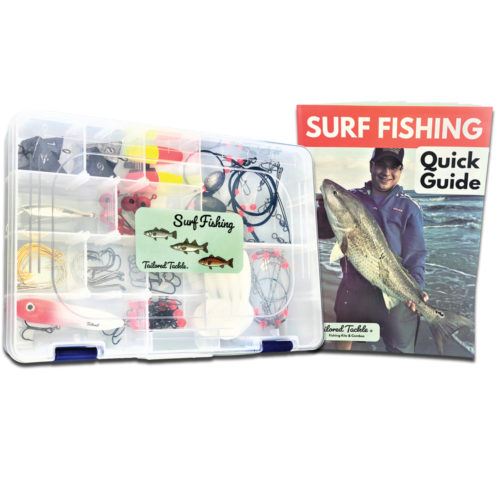
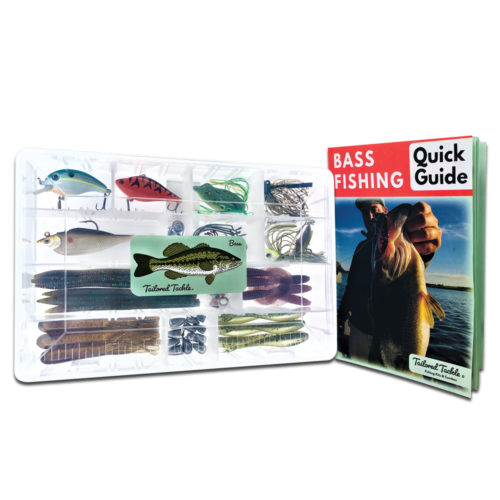



6 Comments
Leave your reply.